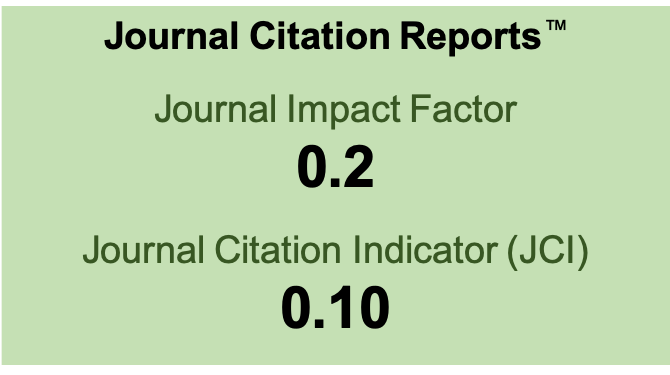Seasonal variation in biomass yield and quality of Tithonia diversifolia at different cutting heights
DOI:
https://doi.org/10.19136/era.a9n3.3252Keywords:
livestock systems, Mexican sunflower, native shrubs, nutritional quality, repeated harvestingAbstract
The objective of this research was to evaluate and compare the yield
performance and quality of Tithonia diversifolia forage under different harvesting heights, during the dry and rainy seasons in tropical Mexico. The treatments consisted of three harvest heights 40, 60 and 80 cm from the ground level, cut every
60 days, during two seasons of the year. In each period, the biomass was harvested and separated into edible and non-edible components. We determined the biomass yield, and the concentration of crude protein (CP), neutral detergent fibre (NDF), acid detergent fibre (ADF), lignin, ash and organic matter (OM) of the forage. Cutting at 80 cm height yielded the highest forage biomass per harvest (2 008 kg DM ha−1) while there were no significant differences in forage yield between 40 and 60 cm heights. The differences in cutting heights also affected the nutrient quality
of the animal edible forage because the concentrations of CP, ADF and NDF varied significantly. There was a significant interaction between cutting heights and the season on forage production and quality. In the dry season, the content of NDF, FDA, lignin and ash were higher, while the PC and OM were lower. The use of T. diversifolia as a forage plant and cutting it to a height of 80 cm is recommended to maintain the best production and the quality of the forage throughout the year for livestock production.
Downloads
Downloads
Published
Issue
Section
License
Copyright (c) 2022 Ecosistemas y Recursos Agropecuarios

This work is licensed under a Creative Commons Attribution-NonCommercial-ShareAlike 4.0 International License.
Aviso de copyright
Los autores que se envían a esta revista aceptan los siguientes términos:
una. Los autores conservan los derechos de autor y garantizan a la revista el derecho a ser la primera publicación del trabajo con una licencia de atribución de Creative Commons que permite a otros compartir el trabajo con un reconocimiento de la autoría del trabajo y la publicación inicial en esta revista.
B. Los autores pueden establecer acuerdos complementarios separados para la distribución no exclusiva de la versión del trabajo publicado en la revista (por ejemplo, en un repositorio institucional o publicarlo en un libro), con un reconocimiento de su publicación inicial en esta revista.
C. Se permite y se anima a los autores a difundir su trabajo electrónicamente (por ejemplo, en repositorios institucionales o en su propio sitio web) antes y durante el proceso de envío, ya que puede conducir a intercambios productivos, así como a una cita más temprana y más extensa del trabajo publicado. (Consulte El efecto del acceso abierto).



